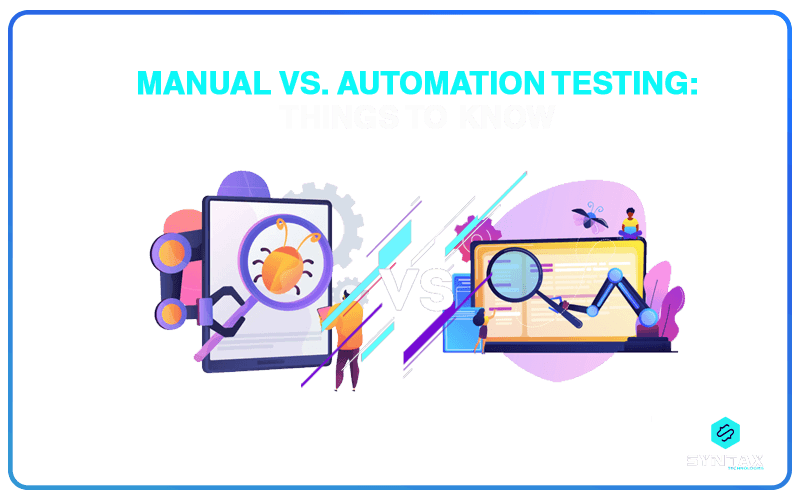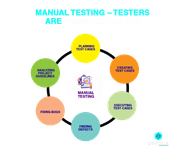?Many People Think that a Tester is only Responsible for Finding Issues. To Me, We Help Guide the Entire Development Process so that it?s Carried out with Quality? – Barbara Salinas
The Software Testing process is a crucial phase in the Software Development Lifecycle. Testers are not simply individuals who remain single-mindedly committed to finding errors and bugs in a software product. But their responsibility extends far beyond that.
They are individuals committed to ensuring the overall quality of a software. This quality is assessed not only in terms of functionality, but also in terms of scalability, reliability, usability, portability and re-usability.
Now, this software testing procedure can be largely performed through Manual and Automation Testing. Consequently, the question of Manual Testing vs Automation Testing has evolved as a significant point of debate wherein experts argue over the viability of each method for conducting different kinds of tests.
In this blog, we will look at the issue of Manual vs Automation Testing by considering the pros and cons of each method, evaluating the differences between the two as well as by digging into the utility of each method for different types of tests.
What is Manual Testing?
As the name suggests, Manual Testing or the traditional or conventional method of testing involves the testing of software products manually, before they are released into the market. It entails the involvement of human resources as testers or QA Analysts who are responsible for manually executing test cases and in the process, finding bugs and defects in the software being developed.
In the process of Manual Testing, the tester adopts the role of a user and seeks to impartially test the functionality of a product. This method of testing is carried out without the usage of Test Automation Tools.
Advantages and Disadvantages of Manual Testing
Advantages:
- Manual execution of test cases provides for the possibility of handling complex test scenarios
- This method is often opted for short life cycle products
- In terms of Manual and Automation Testing, the former is cheaper than the latter, at least in terms of initial investment
- Manual Testing can be used for all kinds of applications
- Testers do not necessarily need to possess knowledge of Automation Tools
- While considering the issue of Automation vs Manual Testing, it is important to remember that a significant advantage of Manual Testing is the fact that it lowers the risk for false negatives, thus significantly reducing the burden of the DevOps team who do not need to continuously check whether the reported error is true or false
Disadvantages:
- Manual Testing is time-consuming and can become a significant bottleneck as there is mounting pressure for faster release of software products
- A significant drawback of Manual Testing is the fact that it provides for far less test coverage as compared to Automation Testing. Manual Testing covers only a certain number of OS permutations and devices
- In terms of Manual Testing vs Automation Testing, the former is less reliable than the latter as being manually conducted by humans, there is always a greater chance for mistakes and errors
What is Automation Testing?
This method of software testing begins with the tester writing test scripts or codes with the help of appropriate Automation Testing Tools which helps validate the software and automate the process of test execution. These pre-scripted tests/automated tests developed by the tester are made to run in an automatic fashion and eventually compare the actual results with the expected ones. The proximity or divergence of the results helps in determining the quality of the product.
Automated Testing helps in the automatic execution of repetitive tasks without human intervention. Thus, highly preferred for regression testing. It seeks to enhance the effectiveness, coverage and efficiency of Software Testing.
The importance of choosing the right automation testing tool is paramount in the automation testing process. This implies that it is not only important to have a fair share of idea about these automation tools, but also to be clear of which tool will be suited in a particular situation.
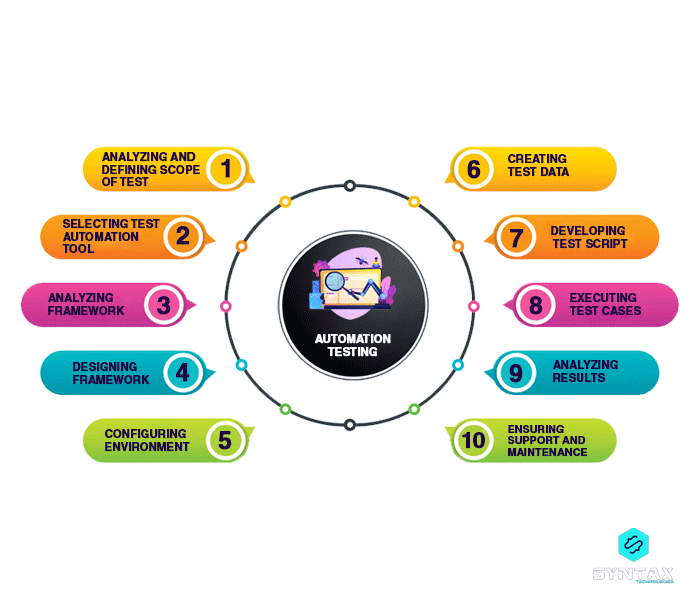
Advantages and Disadvantages of Automated Testing
Advantages:
- While considering the matter of Automation vs Manual Testing, it is important to remember that one of the biggest advantages of Automated Testing is that it facilitates more testing in less time
- In terms of Manual Testing vs Automation Testing, the latter is cheaper in the long run, considering the ROI possible
- As Automation Testing lessens human involvement, it increases reliability
- Automated Testing is versatile and provides for reusability as test cases can be recorded
- It provides for greater test coverage
Understand the benefits of Automation testing in detail; check out our blog on “Benefits of Automation testing: 10 Reasons why you should Automate“
Disadvantages:
- The initial cost of conducting Automation Testing is high
- It requires the testers to possess knowledge of Test Automation Tools
- Automated Testing is suitable for simpler, more repetitive tasks
- It is not possible without knowledge of Programming Languages
- Automated Testing does not provide for Random Testing
Manual vs Automation Testing: Comparison
In this section of the blog, we will try to look at the issue of Automation Testing vs Manual Testing, in terms of a tabular comparison between the two.
Automation vs Manual Testing: When to Automate
The increasing significance of Automated Testing does not indicate the end of Manual Testing or any effort to replace Manual Testing. While indulging in the matter of Manual vs Automated Testing, it is important to remember that the viability of each method is dependent upon a number of factors, especially on the nature of the test to be conducted. In this section, we will look at scenarios and tests which are best to be conducted in an automated fashion.
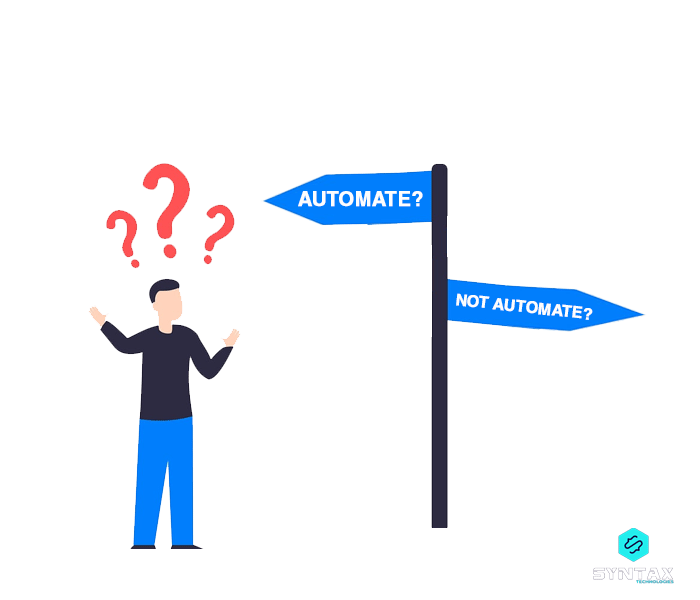
Automation Testing works best when:
- Situations which require frequent testing or involve the execution of repetitive tasks like in case of Regression testing
- Test cases which involve testing of large volumes of data
- Situations which require parallel testing or tests which cannot be performed manually
- Automation Testing is preferred in scenarios wherein the possibility of human error is high
- It is preferred for non-functional testing as well as when tests need to be executed on different browsers and different environments
- Automated Tests can be opted for testing the stable parts of an application
One of the significant points of discussion in the matter of Manual vs Automation Testing, is the type of tests which is preferred to be conducted under each method. On the basis of the scenarios identified above, let us look at some of the tests which are preferred to be conducted in an automated fashion alone.
1. Regression Testing: Automation Testing is preferred for these kinds of tests as it involves the testing of repetitive tasks and there are frequent code changes, which render it extremely difficult to be performed with the help of human resources.
2. Performance Testing: This type of testing is used for evaluating the stability, scalability and/or speed attributes of the application under test. Thus, Performance testing evaluates performance.
3. Load Testing: This type of testing is used for determining whether an application can handle a certain number of transactions (load). Load Testing checks the behavior of the product under normal as well as peak conditions.
Manual Testing vs Automation Testing: When to Go with Manual Testing
In this section, we will look at scenarios and tests which are best to be conducted in a manual fashion.
Manual Testing works best when:
- It is required to test those areas of the applications which change continuously
- It is suitable for projects which are in the initial stage of development
- Manual Testing is preferred when Ad-hoc or Exploratory Testing needs to be performed or when the test case is not automatable
- Writing test scripts for short term projects can be a time-consuming activity. In such cases, Manual Testing is preferred.

On the basis of the scenarios identified above, let us look at some of the tests which are preferred to be conducted in a manual fashion alone.
1. Ad-hoc Testing: These are unplanned tests which fall under the category of informal testing. Usually, when testers possess significant knowledge of the application under test, they can randomly test them without following any definite guideline and procedure.
2. Exploratory Testing: Under this category, the requirements of the test are not spelled out in sufficient detail. Thus, testers merely rely on their skills in testing and exploring the functionalities of the application.
3. Usability Testing: This testing is used for determining how the product would be perceived and received by the end-user. Determining this user-friendliness is only possible with the help of a tester who can understand the mind-set of a consumer.
Scenarios providing for Manual as well as Automation Testing
The issue of Manual Testing vs Automation Testing is not always a question of either this or that. There are a number of test scenarios wherein testing is possible through any of the two methods. Let us look at some of them.
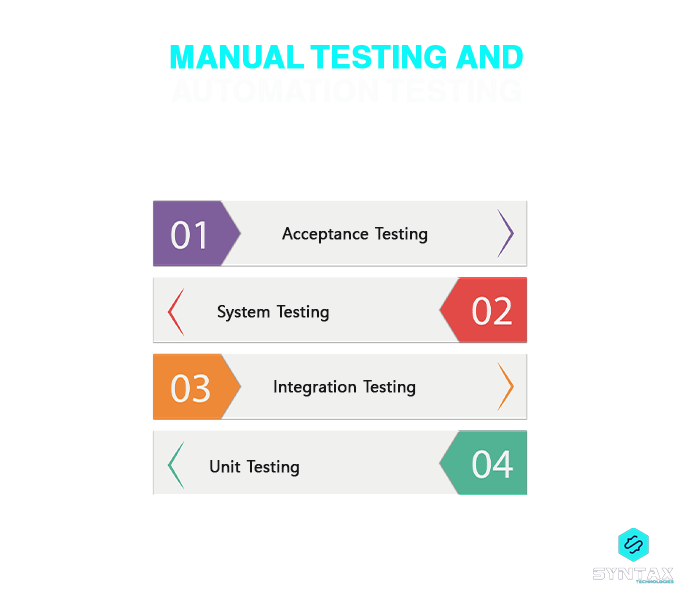
1. Acceptance Testing: Also known as pre-production testing, it is performed by testers along with the end-users who determine the feasibility of a product in terms of its need.
2. System Testing: System Testing is the way of determining whether the application is working as per the requirements specified.
3. Integration Testing: Integration Testing tests the interface between two software units and links different modules to check how they work together.
4. Unit Testing: Also known as Component or Module Testing, it is conducted to test a single module or an individual unit in terms of its functionality.
Conclusion
As you must have understood by the end of this blog that the issue of Manual vs Automation Testing is not necessarily an effort to establish the superiority of one method over the other. The increasing significance of Automation Testing, by no means imply that Manual Testing has become redundant.
There are a number of scenarios wherein Automation Testing is not possible. Moreover, test scripts are developed as well as automation tool are designed by humans alone and thus human intervention cannot be sidelined completely. Thus, the choice of a particular testing method would largely be dependent upon the requirements of the project at hand as well as the budget.
